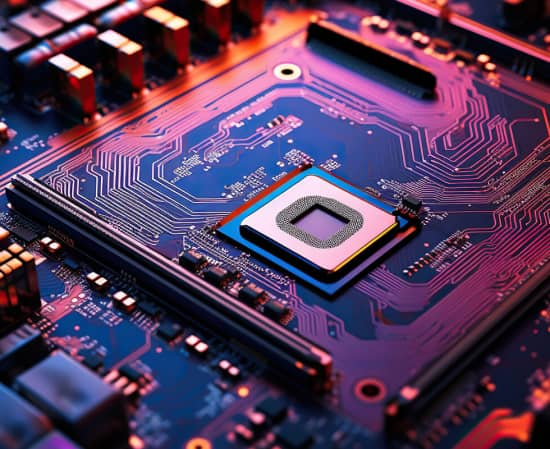Leading experts in Design Verification, FPGA Validation, RTL Design, with proven Expertise in Pre-Si and Post -Si Validation, VIP Verification, Physical Design, RF Design, and DFT.
Leading experts in Design Verification, FPGA Validation, RTL Design, with proven Expertise in Pre-Si and Post -Si Validation, VIP Verification, Physical Design, RF Design, and DFT.
Design Verification in VLSI (Very Large-Scale Integration) involves ensuring that the semiconductor design meets its specifications and is functionally correct before manufacturing. This process is crucial in the development of System-on-Chip (SoC), subsystems, and individual IP (Intellectual Property) blocks.

IP verification focuses on verifying the functionality and correctness of individual IP blocks (like processors, memories, interfaces) before integrating them into larger designs. Subsystem verification involves verifying the integration of multiple IP blocks into larger subsystems (e.g., GPU subsystem, communication subsystem). SoC verification ensures the entire chip, including all subsystems and IP blocks, functions correctly as per the design specification also involves verifying complex interactions between different subsystems, memory hierarchies, and peripheral interfaces.
The common techniques and methodologies used in Design Verification process are simulation-based verification with advanced methodologies such as constrained-random testing, UVM (Universal Verification Methodology), and formal verification gaining traction.

AI/ML – for test generation, bug localization, and optimization of verification flows, Formal Verification
Shift-left verification – to find bugs early in the cycle using virtual platforms
Safety and security verification (for automobile and aerospace applications) – incorporating fault injection, formal verification for security protocols, and compliance testing against safety standards
Cloud based verification – for scalable verification resources, enabling larger teams to collaborate efficiently and access specialized tools. Design Verification in VLSI continues to evolve with increasing design complexity and the need for higher reliability and efficiency. Advanced methodologies such as AI/ML, formal verification, and emulation are shaping the future of verification, enabling faster time-to-market and improved quality of semiconductor designs. Keeping pace with these trends is crucial for semiconductor companies to maintain competitiveness and meet the demands of diverse application domains.